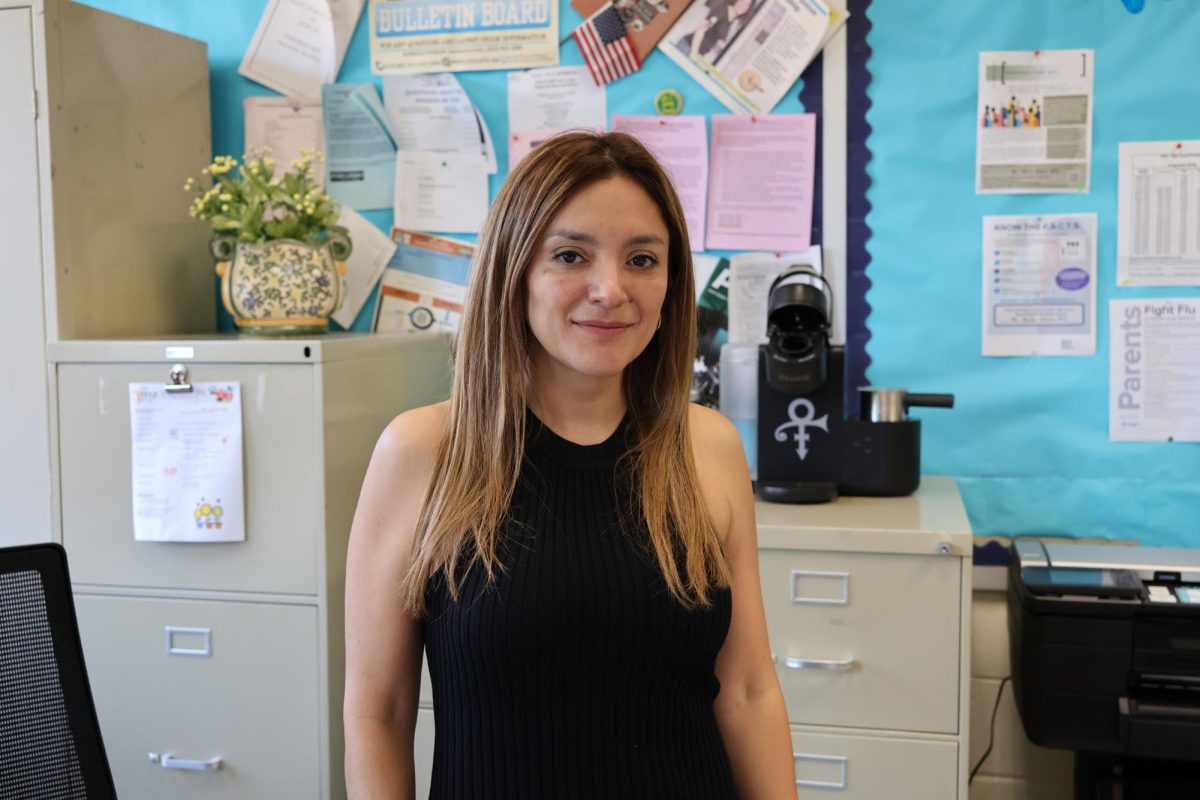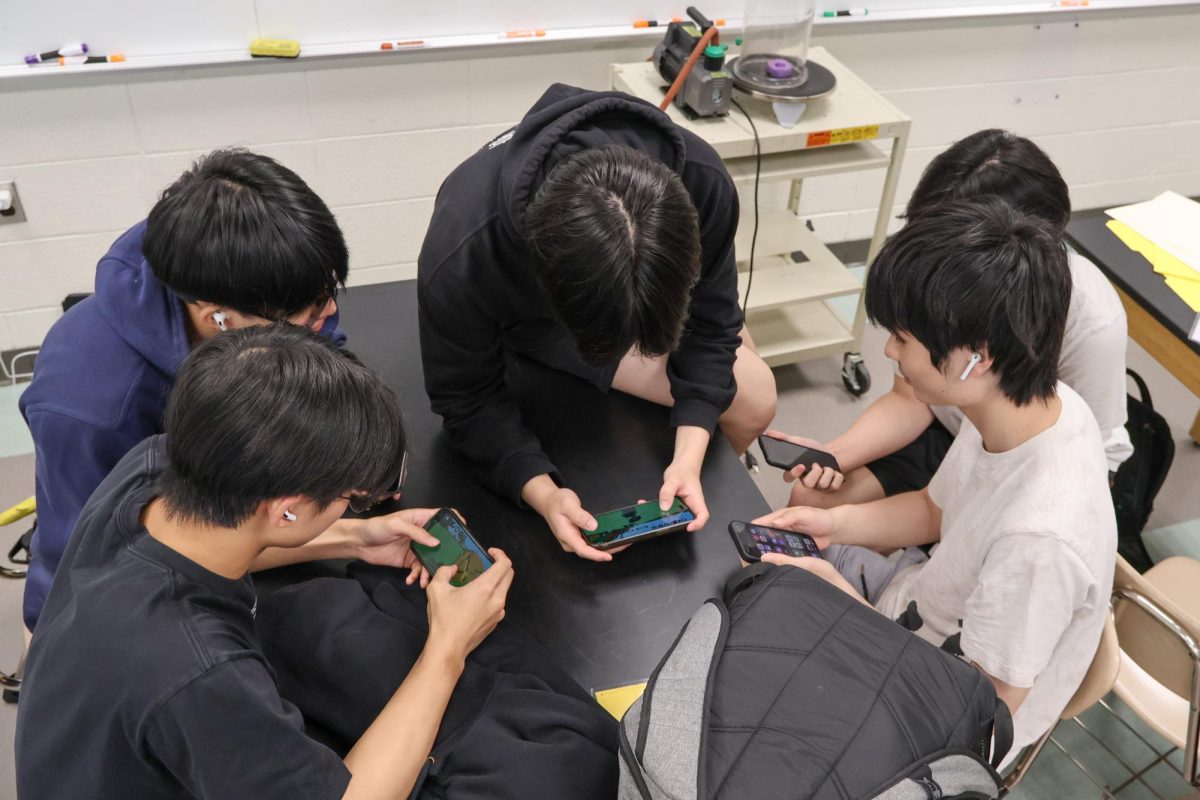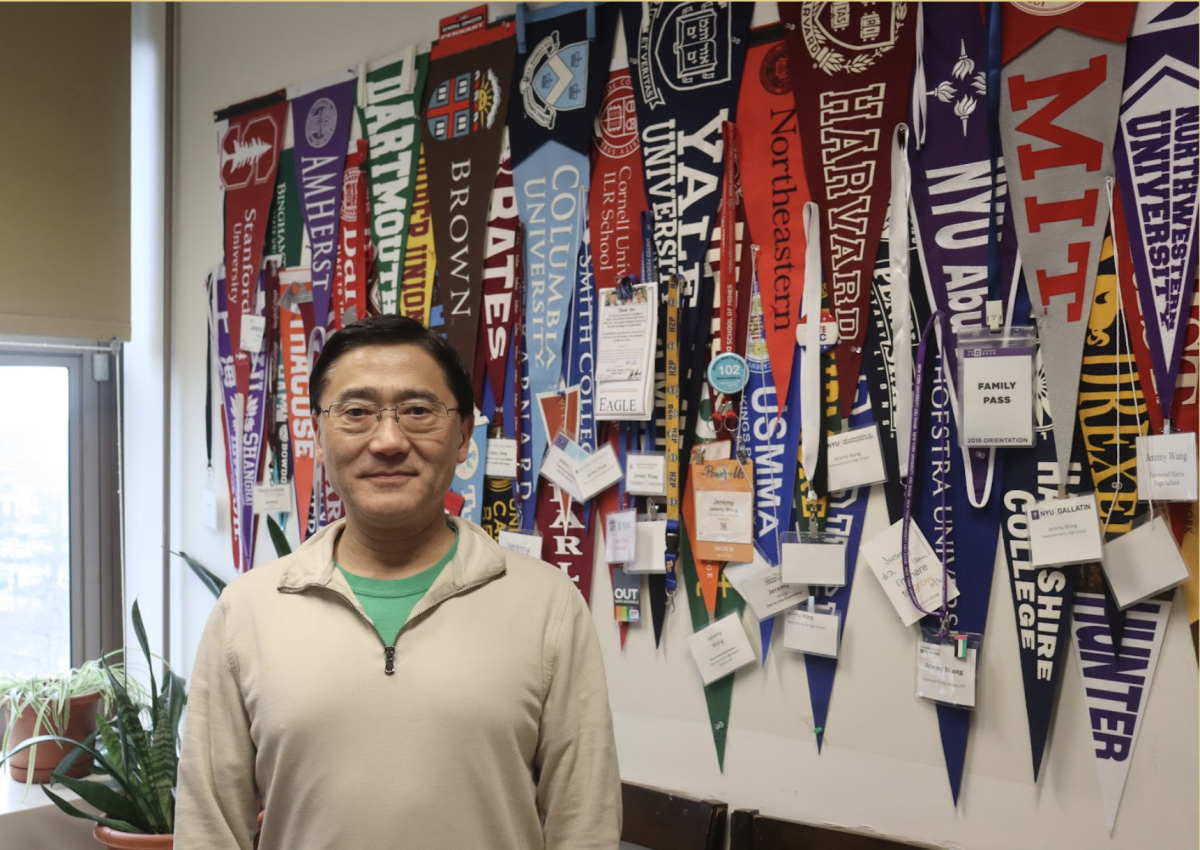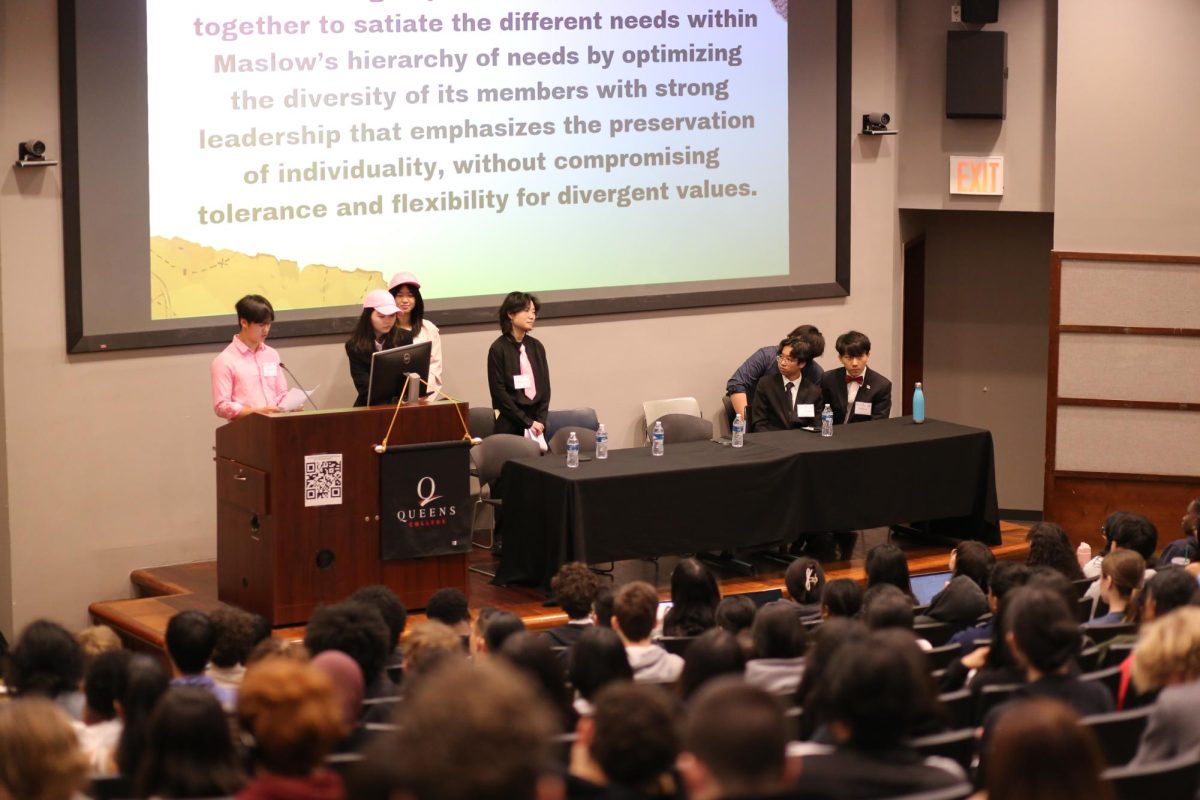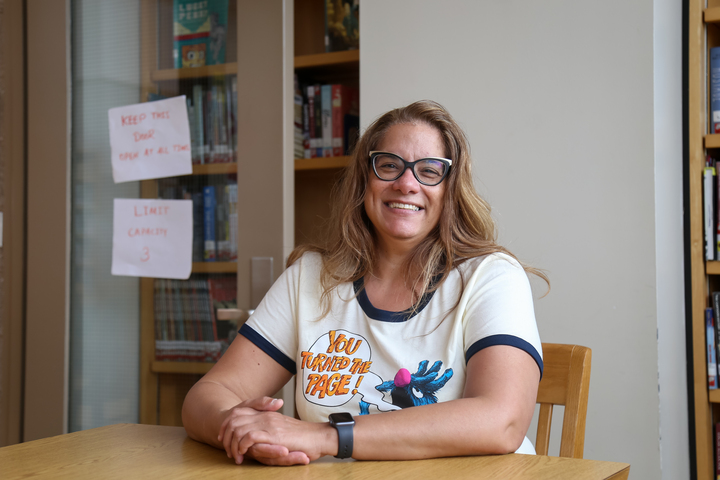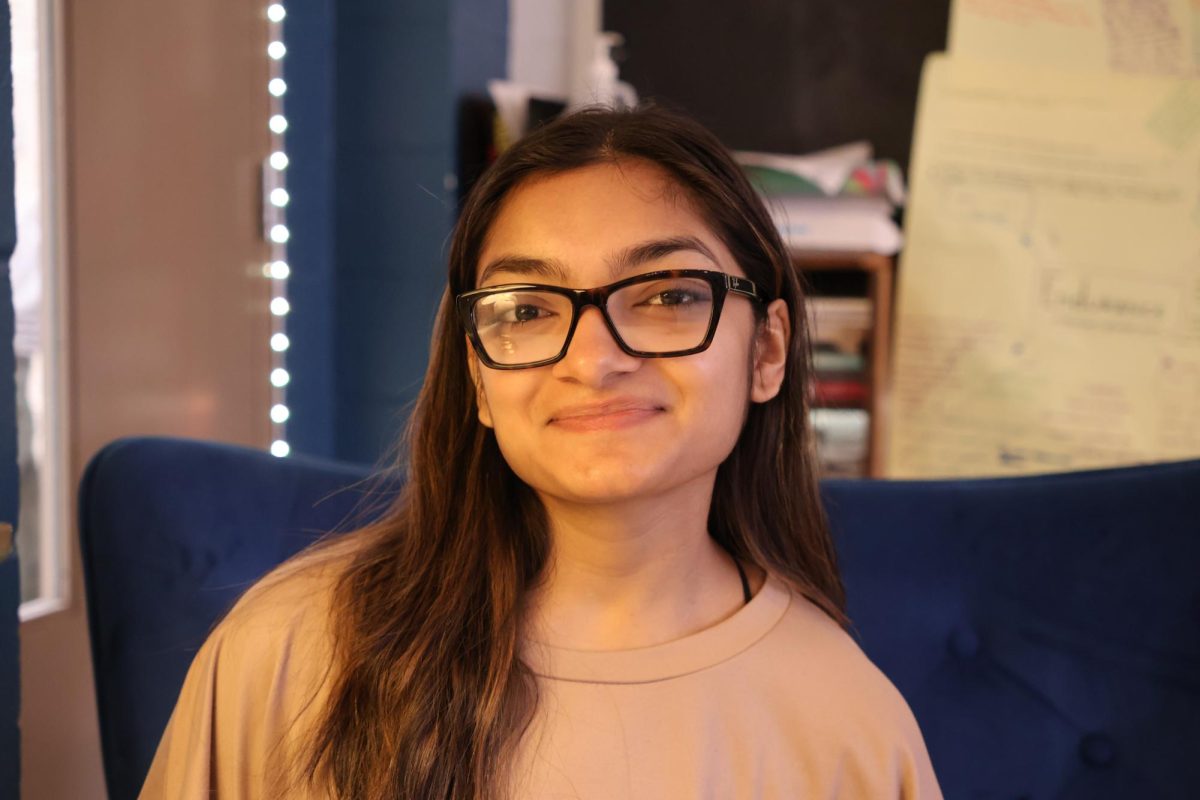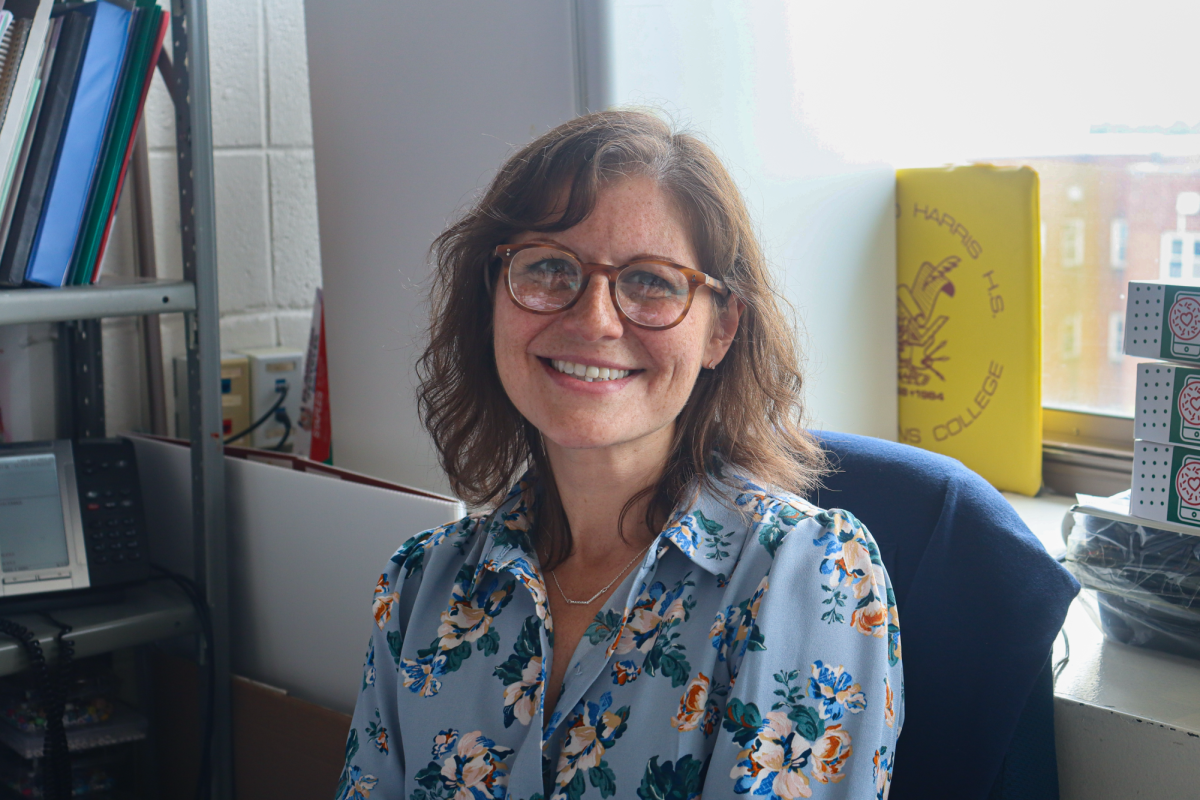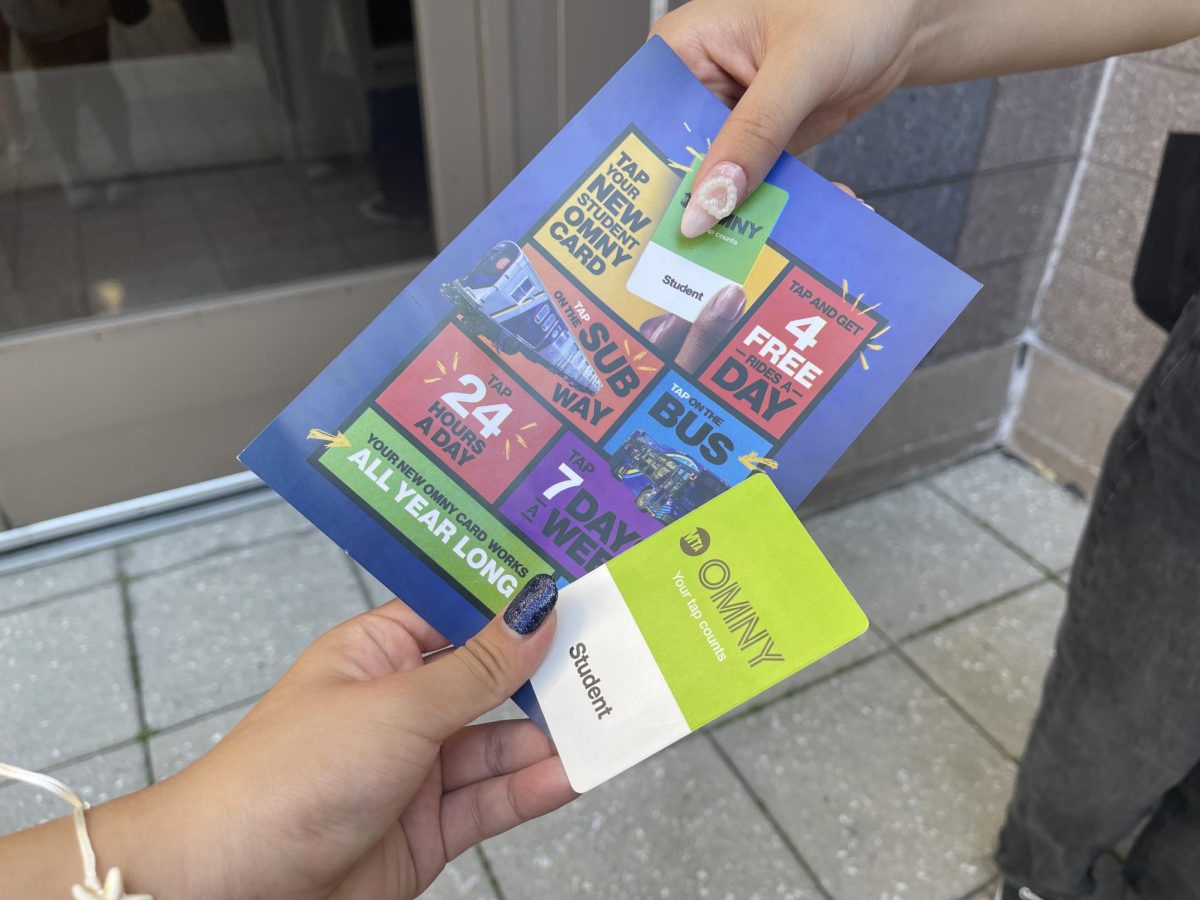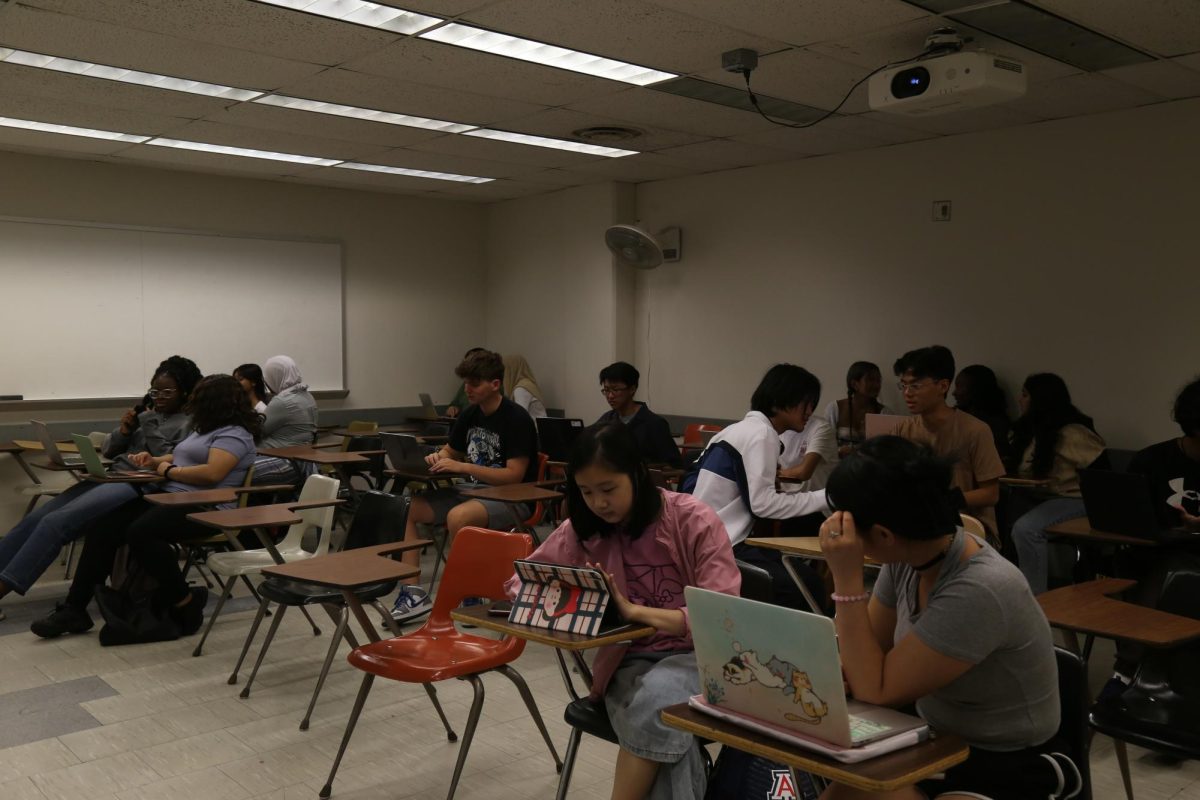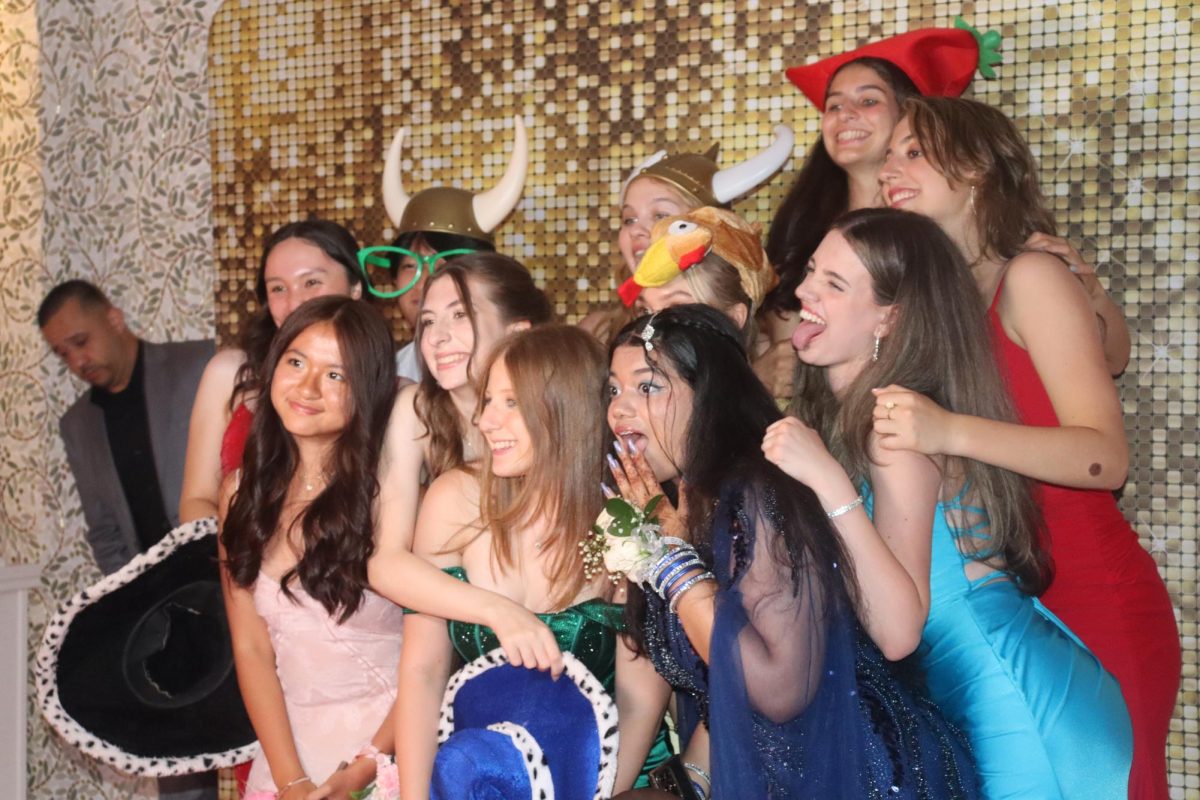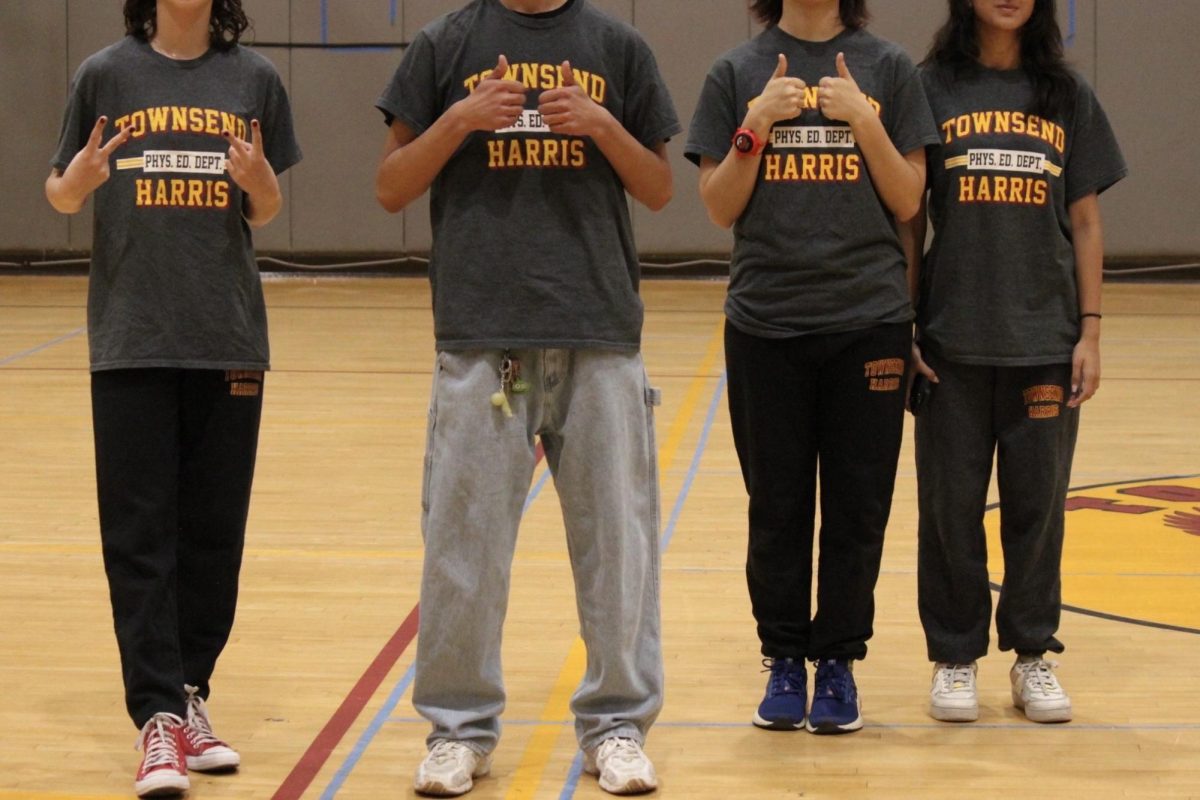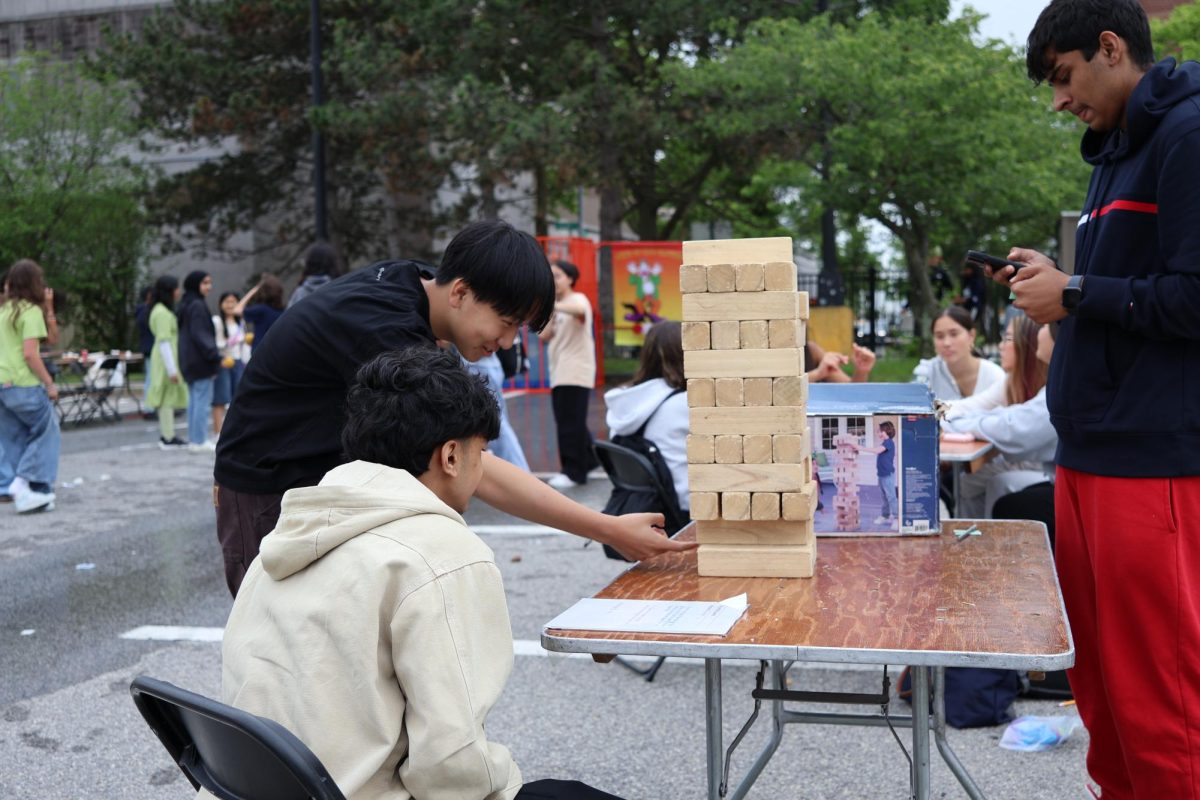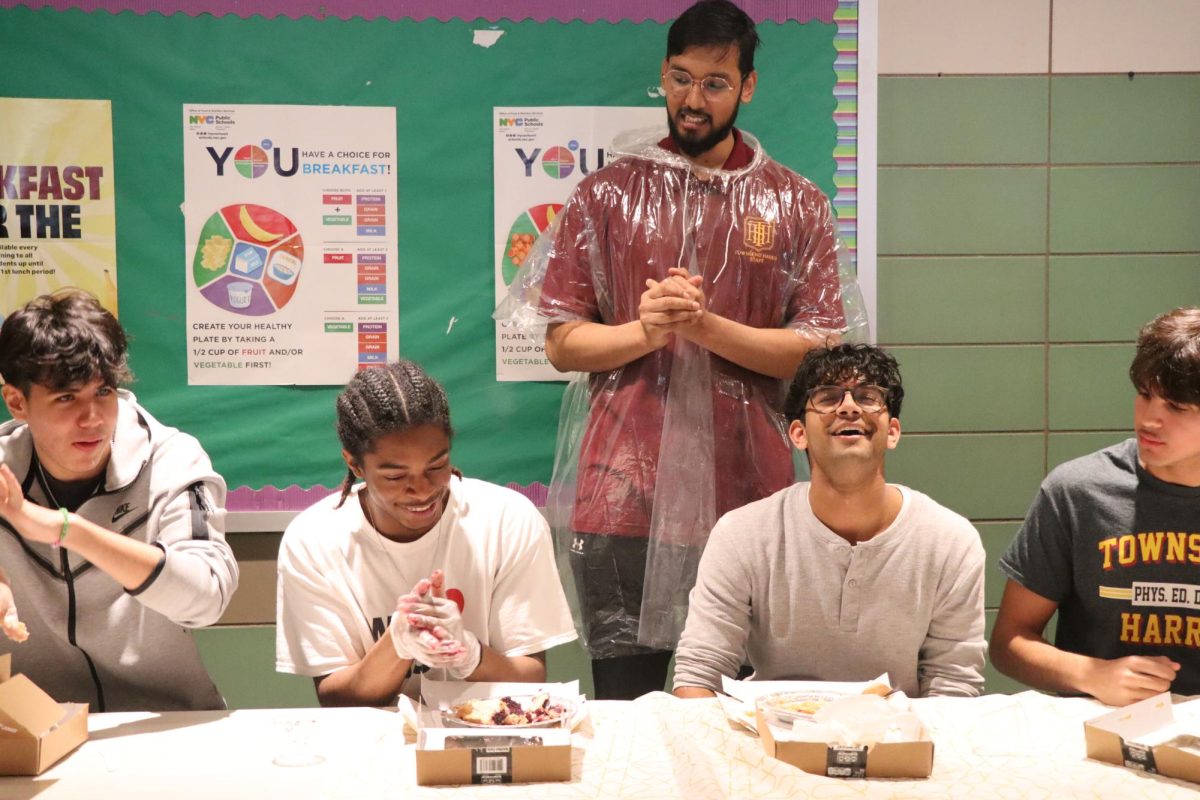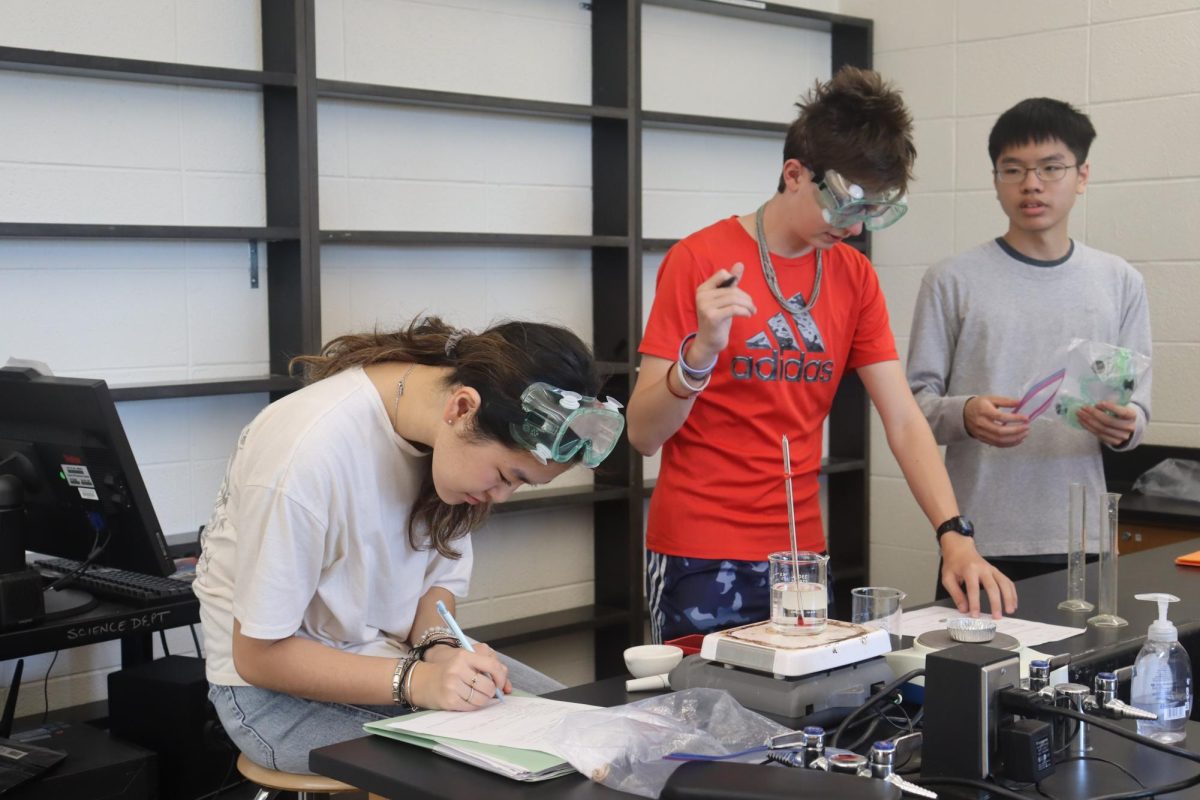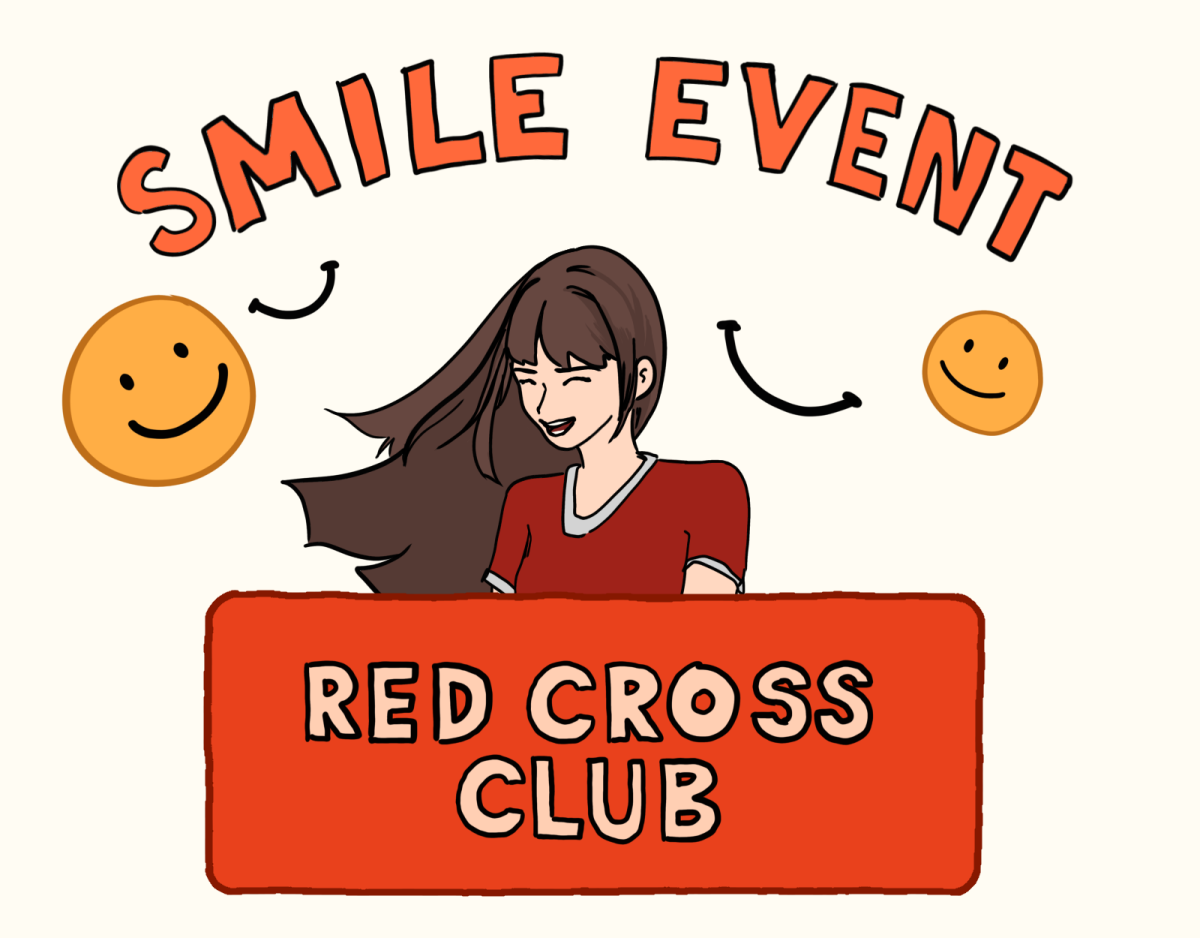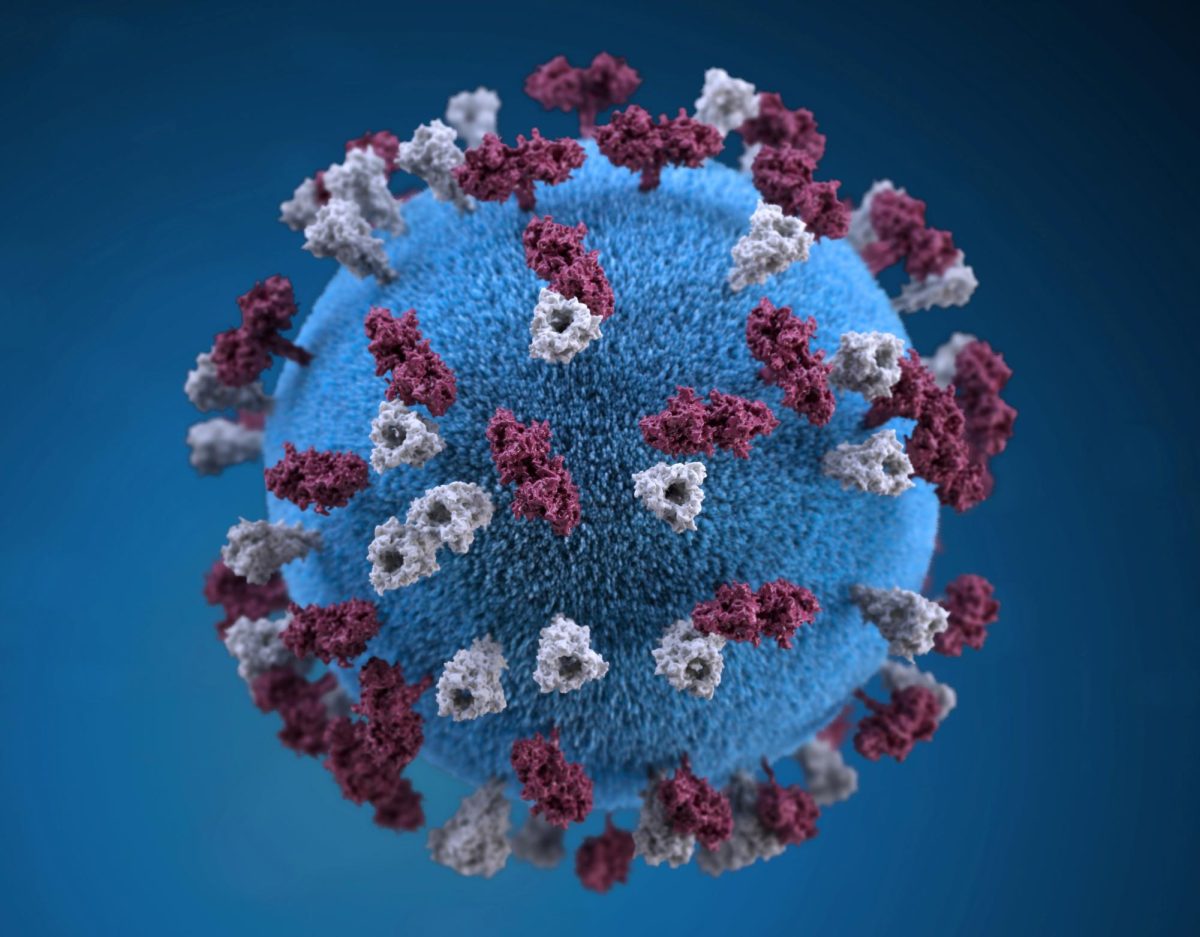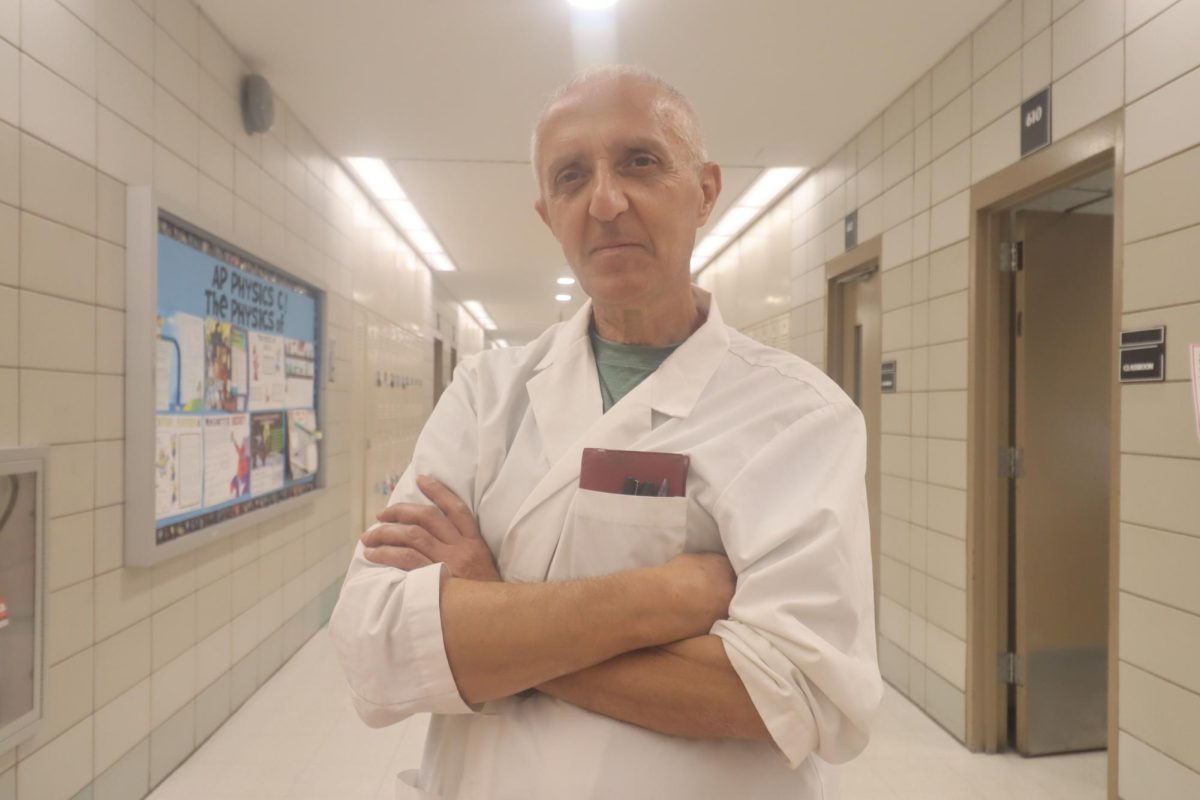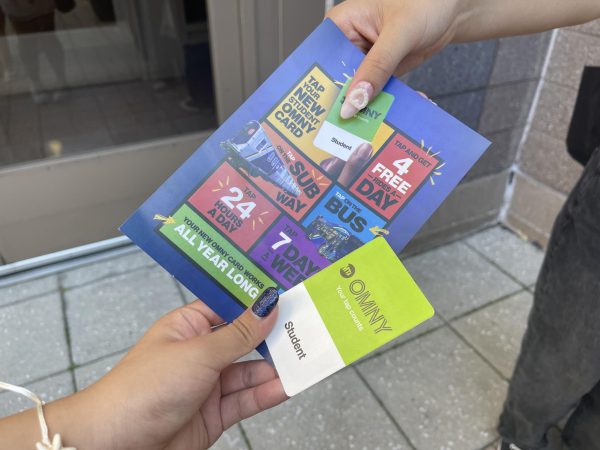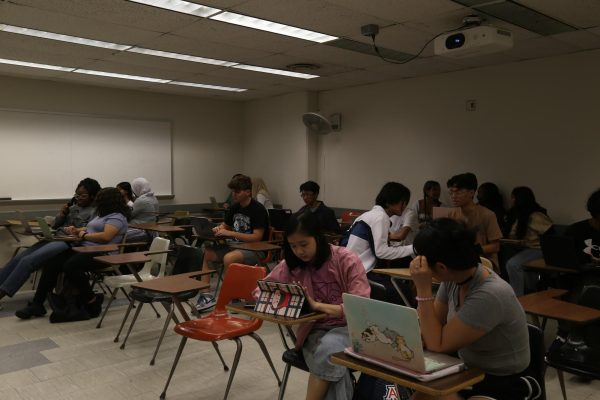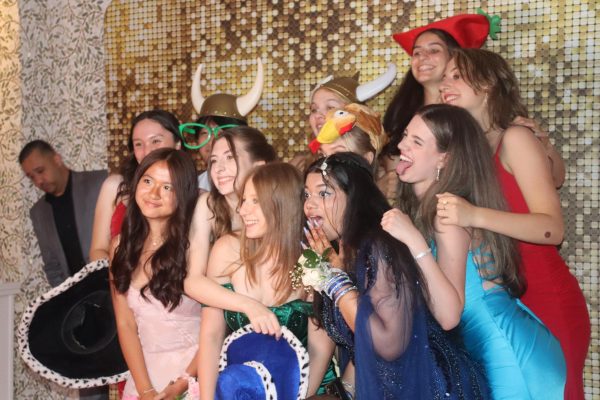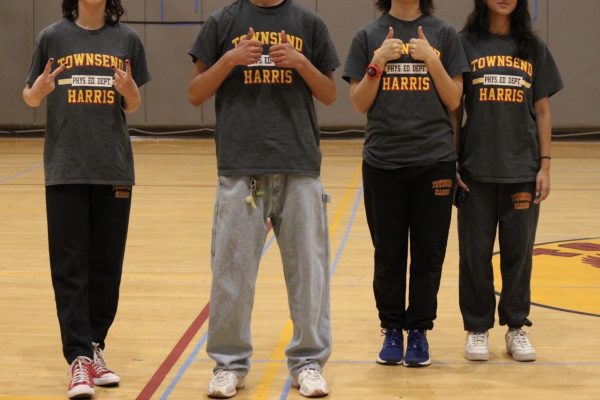OPINION: Despite relaxed restriction on mask guidelines, now is not the time to lower our guards (and masks)

My parents and I live in a very small apartment, but we have a space near our front door that is dedicated to disinfection. We have a makeshift shelf full of disposable face masks, different types of disinfectant sprays, disinfectant wipes, and hand sanitizer. On the floor next to this shelf lies an aluminum tray with Clorox. Whenever we come home, we disinfect our shoes in the tray and change our clothes. We use hand sanitizer before washing our hands for at least twenty seconds, and we wipe our cellphones and eyewear with disinfectant wipes.
It may sound like a lot, but it’s for a good reason. My father and I both have underlying conditions, meaning that a symptomatic COVID-19 case within our household could be life-threatening. We don’t want to relive the days when my mom had to self-isolate in our only bedroom when her doctor told her that she had COVID-19.
Yes, it is true that unlike then, both of my parents and I have been fully vaccinated for almost two months now. But we have lost too many relatives and family friends, and received far too many phone calls informing us of another case or death in our family. One too many of these calls has caused us to fear picking up the phone these days.
Sadly, this is the case for many Americans. Death counts have decreased since the start of the pandemic, but they are not at an all-time low, as some sources may be suggesting. The seven-day average death toll as of yesterday was 613 deaths. Considering that the daily COVID-19 death toll reached 4,000 a total of six times in January, 613 is an improvement, but there have been better days. On July 5, the weekly average was 471, with only 262 newly reported deaths that day. It will take time to safely say that cases are at an all-time low–but as of May 13, it became that much harder to achieve.
That day, the Centers for Disease Control and Prevention announced that fully vaccinated Americans can go on about their day without having to socially distance or wear masks in most places. This announcement has been widely welcomed, but after putting things into perspective, I don’t think it’s time to lower our guard—and our masks—just yet. If we want to achieve a new all-time low in COVID-19 deaths, we shouldn’t be making drastic changes like these.
It doesn’t help that more states are choosing to adopt these new guidelines. Yesterday, Governor Andrew M. Cuomo announced that New York will adopt the CDC’s new guidelines as of tomorrow, May 19. We all want this pandemic to end, but the CDC’s latest move on mask wearing is too vague and too soon, especially when there’s no sure way to know if an individual is vaccinated or if they’re sick and asymptomatic.
The CDC’s move to ease mask-wearing guidelines on April 27 was already a gamble. They were sure to emphasize that fully vaccinated Americans would be able to ditch their masks when alone or in small gatherings outdoors, but there is no guarantee that everyone will understand this, much less the new guidance issued two days ago.
My mother accompanied my father to a doctor’s appointment on April 28, one day after the CDC updated their COVID-19 guidelines. In the waiting room, my parents saw a couple whose masks were lowered. When my mother told one of the doctor’s assistants that she wasn’t comfortable with this, the assistant replied that the news said that it was safe for Americans to not wear masks.
Some of us, in short, choose to hear only a part of the news. A responsible news source delivers factual information, but the general public bears the responsibility to carefully listen to a full story. It is impossible to properly understand what is going on without putting in the effort to not just listen to what you want to hear.
Because this new guidance was just issued this week, it is impossible to see how well it has been received but it might take a similar turn. A post from President Biden’s Instagram account reads “Fully vaccinated people can stop wearing masks” in the front and center. The post vaguely addresses the exceptions in certain settings—such as hospitals—in the caption rather than in the posted picture itself. On top of that, only the words “can stop wearing masks” are emboldened. I understand that our president wants to give us hope that we are on a path to recovery, but wording and formatting is important. Sources of authority must lend a hand when trying to prevent misinterpretations of important occurrences. You never know who will read this post and how they will respond to it.
I believe this post embodies the interpretation that is to come of this rule. It is up to state legislation to decide whether or not a state will adopt the new guidelines, but if people are going to forgo news updates, a state’s decision to ignore guidelines will not matter. Those who aren’t vaccinated will simply read the bolded text and assume that they are cleared to not wear masks.
Again, we have to consider that we have no true way of knowing who is and who isn’t vaccinated. Vaccination passports have not been fully developed yet. New York is the first with a promising validation system, but no one knows how long it will take until someone finds a way around presenting their vaccine passport if they don’t find a way to fabricate a false proof of vaccination. On the topic of arbitrary structures, the CDC’s latest mask guidance is enforced by an honor system. Honor systems work for self-checkout lanes at retail stores, not when someone’s life can potentially be on the line.
So far, we only really have vaccination cards, but people have found their way around those. It is truly appalling that there are some people who will pay for a fake vaccination card when they can get their dose(s) at no cost. Such vaccine privilege in America could go a long way in other countries. My grandfather from Bolivia received his first dose in late April, long after I got my second dose. However, we recently got news that he will not be able to get his second dose until late July. He was supposed to receive it this week, 21 days after his first dose. There’s a serious vaccine shortage in Bolivia right now. Here, vaccines spoil due to a shortage of people willing to take it. Countries other than Bolivia have these issues as well and they need help from countries who have more than enough vaccines.
While vaccines significantly lower the chances of having a severe COVID-19 case, their effects on transmission rates remain uncertain. People who are fully vaccinated can still test positive and present symptoms. We all saw an example of this with the nine members of the New York Yankees’ positive tests after receiving the Johnson & Johnson vaccine. Although only third base coach Phil Nevin temporarily presented symptoms, there is no way of knowing what symptoms different vaccinated individuals could have. If someone with underlying conditions were to present symptoms after being considered fully vaccinated, there is no way of knowing if their symptoms could potentially be harmful despite their developed antibodies. Past CDC data regarding breakthrough COVID-19 infections shows that 112 vaccinated individuals’ positive cases were fatal.
This updated guidance could work, but it’s not time yet. We are approaching an all-time low with deaths, but a death is still a death. We shouldn’t risk anything until everyone can be assured that their friends and family members won’t suffer from unnecessary symptoms or solitary deaths. We Americans have been patient in waiting for vaccines to become available to us, but we must also be patient when it comes to ditching our masks in public settings. Not wearing a mask in private settings is okay because you know who you’re with. Public settings, on the other hand, are a mix of vaccinated and unvaccinated, and we should wait until at least 75% of the American population can be considered fully vaccinated. Although The New York Times reported that reaching herd immunity is unlikely at this point, we can get close to it if 50-90% of the American population is fully vaccinated, according to Johns Hopkins. As of yesterday, we’re only at 37.03%.
The only thing us vaccinated individuals can do is keep our masks on for a little longer. Those who aren’t yet vaccinated shouldn’t lie about their vaccination status. If possible and eligible, they should take initiative and get vaccinated for their own safety and that of others.
Regardless of whether or not one perceives the COVID-19 as a danger to them, we owe it to those that have lost loved ones: those who lost their own lives, those who acted as frontline workers in the toughest moments, those who are still at risk of losing their lives or the lives of loved ones. By wearing masks for a little longer, we can reduce the number of cases and deaths attributed to COVID-19. Reaching the end of this pandemic is a worldwide duty.
Your donation will support the student journalists of The Classic. Your contribution will allow us to purchase equipment, support our extracurricular events, celebrate our staff, print the paper periodically, and cover our annual website hosting costs.

